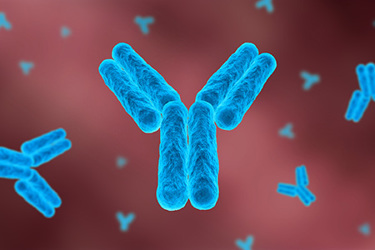Use Of Maurice CE-SDS In ICH Q6B Based Biosimilar Comparability Exercises
By Lyndon Gledhill, Michael-John O’Connor, Dr. Richard L. Easton

The route to market for biosimilars places strong emphasis on the analytical and characterization techniques used to investigate the structure of the molecule and, most importantly, side-by-side comparability. EMA and FDA guidelines both cite ICH Q6B as the guideline for biosimilar testing and highlight the need for using orthogonal techniques that enable cross-verification of data and conclusions from different methodologies. ICH Q6B also details the need for impurity assessment of the product from both a product and process standpoint and covers this in the requirement for electrophoretic patterns, using gel electrophoresis as an example.
While no specific methods for analytical assessment of electrophoretic patterns are noted in the document, recommendations of analytical approaches are suggested to fulfil each expectation and are caveated by phrases such as “or other suitable procedures.” A newer technique that improves upon the standard gel electrophoresis approach is capillary gel electrophoresis.
Maurice™ and Maurice S. are two of the platforms available for fully automated and highly quantitative capillary electrophoresis-sodium dodecyl sulphate (CE-SDS) analysis. The results from the studies illustrated here show how the automated CE-SDS platform, Maurice, provides reliable insights into the structure of different types of biopharmaceuticals. Monoclonal antibodies, heavily glycosylated species, and PEGylated species were evaluated for size heterogeneity, producing results that were not only reproducible, but also consistent with those obtained from other analytical methods.
Get unlimited access to:
Enter your credentials below to log in. Not yet a member of Bioprocess Online? Subscribe today.
